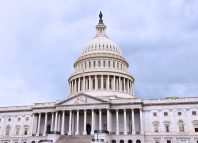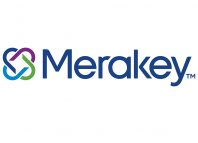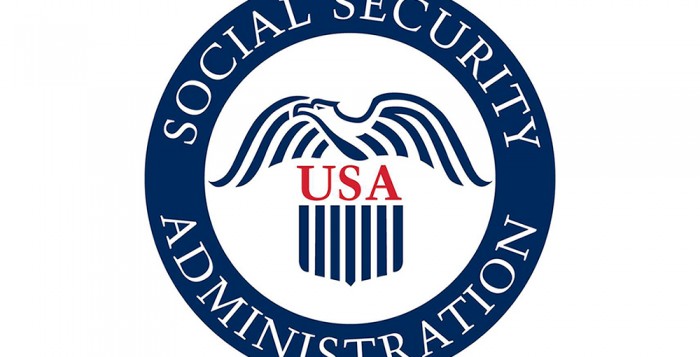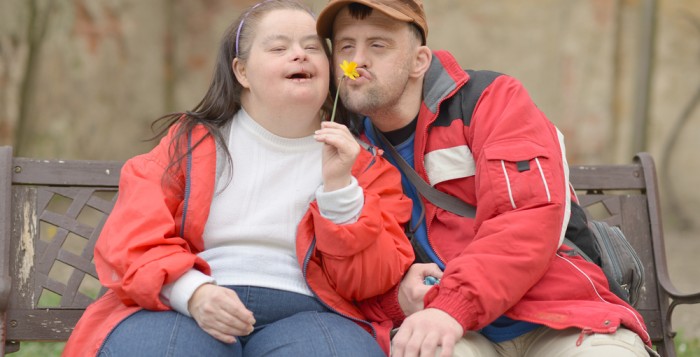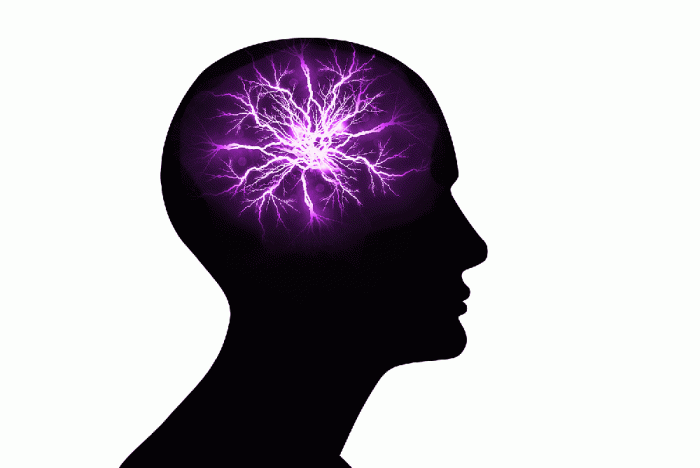By Jason Snyder, Director, SUD Treatment Services, BH Division
June 2, 2025
In the latest legislative run at involuntary substance use disorder (SUD) treatment, two Pennsylvania senators co-sponsoring SB 716 are looking to amend Pennsylvania’s Mental Health Procedures Act to include SUD and alcohol use disorder (AUD) by themselves as mental illnesses. Doing so would, under the law, subject those with the disorders to involuntary commitment in the same way mental health is today; that is, individuals with an SUD can then be forced into treatment against their will, mainly through a court-petitioning process, just as an individual in a mental health crisis can be involuntarily committed to psychiatric care today.
As to whether SUD and AUD are in fact mental illnesses, Sens. Laughlin and Williams appear to be on solid ground. The most recognized and credible medical association in the country, the American Medical Association, includes SUD as a mental illness, and the American Psychiatric Association’s (APA’s) Diagnostic and Statistical Manual of Mental Disorders (DSM-5) classifies it as such. In fact, 34 states allow involuntary commitment for SUD, whereas all 50 allow involuntary commitment for a mental health issue.
But beyond that, the senators’ rationale is debatable.
Although we absolutely are still dealing with a continually evolving SUD epidemic, as of today, I would not call the epidemic unprecedented. In 2017, Pennsylvania was in unprecedented times with the highest number of annual overdose deaths ever seen at 5,456. Earlier in May of this year, the Centers for Disease Control released preliminary data that showed overdose deaths down 31 percent to 3,358 in Pennsylvania in 2024 over 2023. Had it not been for the Covid years, we may well have seen a continual annual decline from 2020 through today.
Even as fentanyl has replaced heroin and adulterants like xylazine and medetomidine have exacerbated the crisis, naloxone and warm hand-off protocols – both instituted broadly around 2016 – along with improved access to evidence-based treatment including buprenorphine; increased integration of peers; and other harm-reduction strategies, including fentanyl test strips, have all over time contributed to decreasing deaths. Most experts on the ground would say we need to do more of this, as it has proven over time to save lives.
Many of those same experts also oppose any effort to force people into SUD treatment. Research evaluating its effectiveness is mixed. In one review of studies assessing the outcomes of involuntary treatment, evidence did not overall suggest improved outcomes, with some of those reviewed studies suggesting potential harms. However, other studies do suggest some benefit to involuntary treatment. For example, one study found significantly reduced emergency department visits and unplanned hospital admissions for people who received involuntary treatment. Another study found that, when interviewed six months later, the majority of involuntarily admitted patients acknowledged that they needed treatment and felt positively about having been mandated to attend.
Even so, practical considerations within Pennsylvania’s addiction treatment system remain a big hurdle, and most treatment providers agree that involuntary commitment to SUD treatment is not only ineffective; in actuality, it is a burden on the system, staff, and other patients. And at this point, there are more questions than answers. To my knowledge, the senators have not consulted the broad provider community about the bill, the immense challenges it brings, or their ideas for alternatives.
In Pennsylvania’s last legislative session, Sen. Laughlin introduced SB 962, which would have established a new involuntary commitment process for those with SUD, especially those who overdose. In opposing that bill on behalf of our SUD treatment providers, we wrote a brief position paper in 2023, highlighting our concerns: the enormous burden placed on providers to manage an unfunded, complex involuntary treatment process; the perpetuation of stigma toward the disease of addiction by introducing the complexity and trauma of the judicial system to the treatment of a disease – not the commission of a crime; and little evidence that this approach reduces overdoses and death, not to mention the lack of locked SUD treatment facilities in the commonwealth and the potential disruption to the milieu of patients who do want to be in treatment.
As a provider representative, RCPA and its members still have those concerns today and continue to oppose the senators’ current efforts.
Yet I understand the anguish of families who live the active addiction of a loved one, and the exasperation, helplessness, and hopelessness of watching a downward spiral often end in death. My family, hoping that we were going to somehow wake up from the nightmare we were living, watched it with both of my brothers, who eventually died of drug overdoses.
So with involuntary commitment a non-starter for providers because of the complexity, ambiguity, and debatable outcomes, what more can we do for those in most danger of death who seem least likely to proactively seek treatment?
First, we must sustain and improve upon what is already demonstrating effectiveness at reducing deaths; namely, widespread distribution and availability of naloxone, improved access to evidence-based treatment (including buprenorphine and methadone), increased use of peers at multiple intercepts, and other harm-reduction strategies.
In opposing SB 962 during the last legislative session, RCPA proposed that finding the will to develop programs and policies that are proven to reduce overdose deaths and better engage those with SUD with the treatment system was preferable to a well-intended but misguided involuntary commitment law. Such policies and programs would include: enabling safe access to evidence-based medications to treat opioid use disorder including, for example, immediate buprenorphine induction by emergency medical personnel at the site or instance of overdose or access to low-barrier bridge clinics; providing meaningful, sustainable funding to specially train and embed certified recovery specialists at every potential touchpoint with overdose survivors; and reforming regulations and eliminating administrative burdens that act as barriers to treatment access.
As an example of what others are proposing as alternatives to forced treatment, APA, in its journal Psychiatric Services, recently suggested focusing on the highest-risk subpopulations for brief (72 hours or less) involuntary holds, as opposed to commitments, in hospitals to allow health care providers to engage them and begin to provide ongoing care management and peer support, as opposed to simply watching the individual walk away. Could something like this work?
Most in the treatment system and arguably all harm reductionists oppose involuntary commitment for SUD. With overdose deaths continuing to trend significantly downward, now seems like an even less opportune time for reintroduction of such a bill than in the past. But clearly, some in the legislature want to do more.
What alternatives to involuntary commitment would you suggest?



